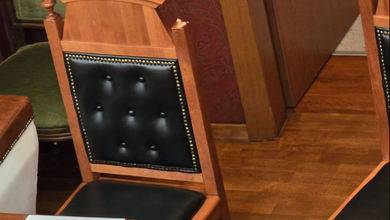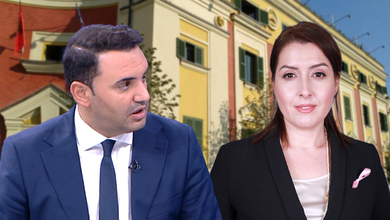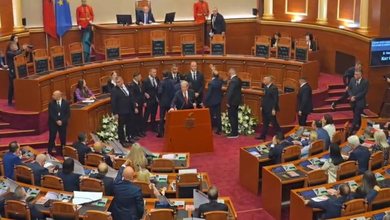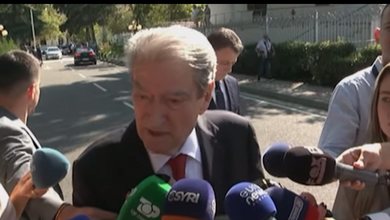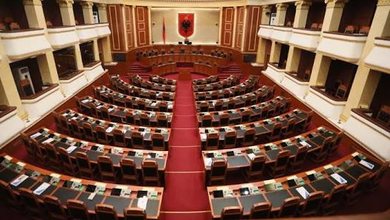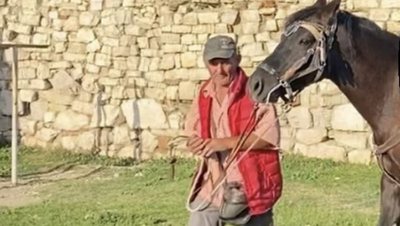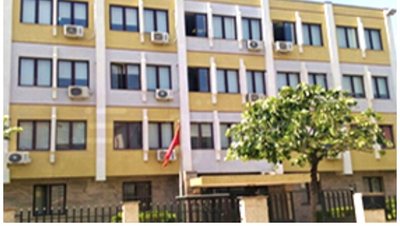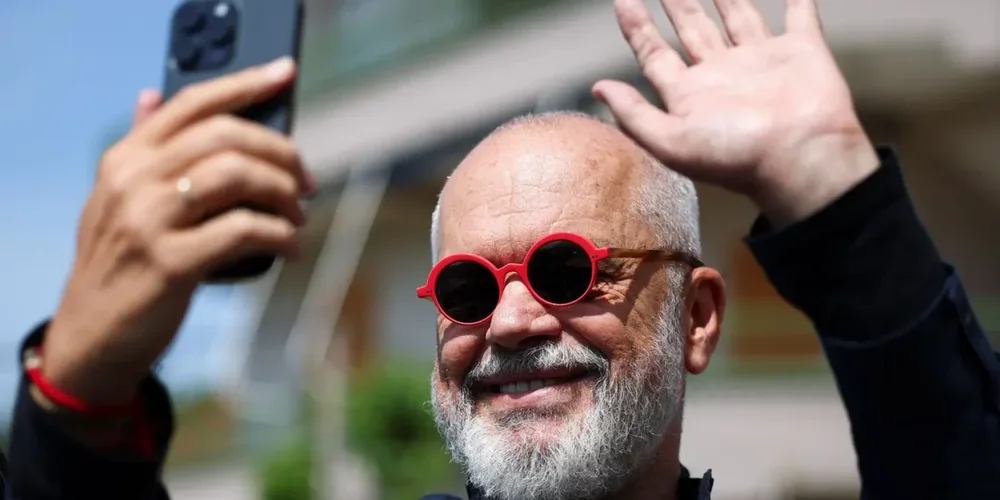
By Jaschar Dugalic, Neue Zuercher Zeitung
It has been six months since Europe's first comprehensive ban on TikTok came into effect in Albania. About 1.5 million users in Albania, a third of whom are between the ages of 12 and 25, were unable to use the popular Chinese short-video platform. Albania has a population of 2.7 million.
The ban was in response to the November 2024 killing of a 14-year-old boy who was shot by another teenager after the two had a disagreement on social media. Following this, Albania’s Prime Minister, Edi Rama, announced the TikTok ban as a measure against violence against children and hate speech online – even though, according to TikTok’s data, neither teenager had a profile on the platform.
Today it is clear: the ban has not worked.
1200-percent increase in VPN usage
On the one hand, it is not clear whether the stated goal has been achieved. “We have no data on whether violence among young people or hate speech online has changed since the ban,” says Daniel Prroni, a researcher at the Institute for Democracy and Media in the Albanian capital, Tirana.
On the other hand, TikTok continues to be widely used in Albania despite the ban. Users can bypass the ban by using a VPN (Virtual Private Network). This reroutes data traffic through a third country, bypassing the geo-restriction. This is exactly what most TikTok users in Albania do.
On March 12, the day before TikTok was banned, Swiss VPN provider Proton reported a 1,200 percent increase in sign-ups in Albania. An analysis by data firm Pikasa Analytics showed that 3.3 percent fewer videos were created in the week following the ban — but 14 percent more videos were watched.
Albania as an experimentation laboratory
There has been much speculation about why the government, despite its slim chances of success, took this drastic measure. Opposition politicians accused Rama of exercising censorship ahead of the May 11 elections. Journalists’ associations appealed to the Constitutional Court and demanded that it declare the TikTok ban illegal.
Daniel Prroni has a different opinion: Rama did not need to take such a drastic measure to win the elections. This was clearly evident on voting day: the Socialist Party received 52% of the vote, and Rama began his fourth mandate.
Researcher Prroni says there is a much simpler explanation: “The TikTok ban was used primarily to give an angry public a quick fix and to distract attention from other problems like corruption.” After the 14-year-old’s murder, there were protests in Tirana. Teachers, students, and parents demanded accountability and action from the government.
The TikTok ban could also be seen as part of Edi Rama’s project to use Albania as a kind of European laboratory for controversial political measures. These efforts include the controversial deportation centers for asylum seekers rejected by Italy, as well as the idea of creating a ministry run by artificial intelligence or making Albanian society completely cashless. According to experts, Rama aims to make his country visible to European states, enable cooperation and accelerate a possible EU membership.
Arrested mayor defends himself on TikTok
Meanwhile, it seems that the government itself is not taking the measure seriously. Rama had decided that the TikTok ban would last only 12 months at the time of the announcement. Now reports are mounting that users can access TikTok again without a VPN. Even prominent figures from Rama's party and his close associates are not respecting the ban.
One of them is Erion Veliaj. The mayor of Tirana was arrested in February on corruption charges and has been in custody ever since. Through his TikTok channel, Veliaj – or someone from his inner circle – often posts statements from his lawyers and videos promoting his successes as mayor. These TikTok videos have hundreds of thousands of views.
For Prroni, this is another sign that the government is not really interested in banning TikTok and that it was just a short-term distraction. He predicts that the ban will be lifted before the official deadline, in March 2026.


